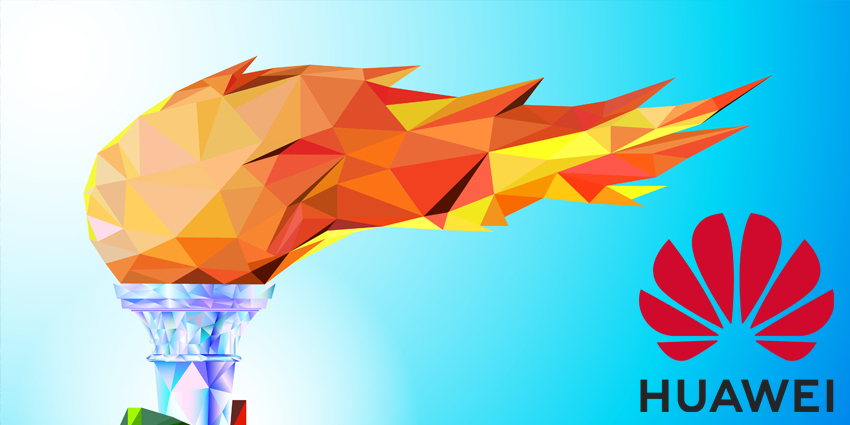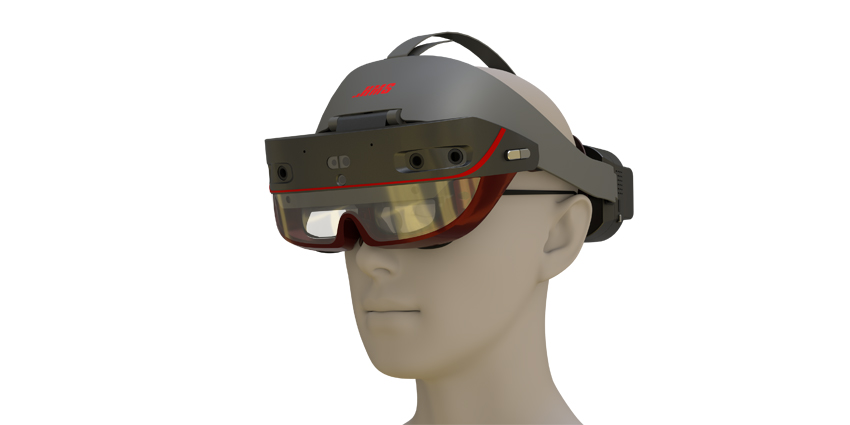China Unicom is set to become the sole telecom partner of the Beijing 2022 Olympic and Paralympic Winter Games, Huawei announced in a blog post last week.
Originally announced at the 2018 Olympic Expo, China Unicom recently confirmed it would improve the 2022 Games with several key emerging technologies such as big data and cloud computing, namely for attendees, sponsors, affiliates, and Olympic employees at the massive event.
Real-Time Augmented Reality Networks
The Beijing-based telecom giant plans to debut a series of advanced augmented reality (AR) remote guidance tools to assist operations and maintenance (O&M) teams in performing audits and repairs.
Olympic engineers can receive real-time 3D (RT3D) AR instructional displays by scanning devices with a smartphone camera, which use highly-accurate identification and tracking technologies to provide event engineers with precise digital twins of devices, boards, and ports.
This allows for event engineers to access real-time resources such as management data, work orders, fault alarms, and performance metrics. To streamline repair procedures, engineers can also superimpose RT3D AR interactive data on real-world devices for quick remote guidance.
Additionally, China Unicom will offer Olympic engineers AR remote peer-to-peer guidance tools to assist senior team members with review audits, who can mark areas of a device from the engineer’s point of view and upload findings to a repair team as real-time feedback.
Internet of Everything Distribution Network
Due to the massive scale of the Beijing 2022 Olympic and Paralympic Winter Games, China Unicom is using Huawei’s iMaster NCE intelligent network management system to meet big data requirements.
According to China Unicom, employing the iMaster NCE facilitates the efficient location and analysis of network faults for O&M teams
It does so by using intelligent technology and big data platforms to digitally identify faults across boards, devices, sites, and services.
iMaster NCE can also assist event managers with reviewing user traffic as the system can dynamically increase bandwidth requirements to match an influx of users, analyse the health status of optical networks, and enhance network security in real-time.
Additionally, Huawei’s dynamic data solution supports AR displays and systems used by O&M teams, and improves the distribution of RT3D AR visualisations and digital twins with its dynamic bandwidth.
On the attendee side, Fans can enjoy immersive digital broadcast content and engage with exclusive digital currency opportunities while on Huawei’s innovative network.
Low Latency 4K Streaming
The International Olympic Committee (IOC) will stream the event in 4K high dynamic range (HDR), and during specific events such as the opening and closing ceremony or ice and snow sports, event broadcasters can relay the event as an 8K ultra high definition (UHD) transmission.
Because of the demands of 4K and 8K transmissions, China Unicom Beijing is set to deploy more technology from Huawei to ensure low latency viewing experiences.
China Unicom Beijing is using Huawei’s Packet-Enhanced OTN and ‘all-optical cross-connect’ technologies to enable ‘SmartLink’ networks, where domestic and global broadcast centres can distribute 4k/8K content to viewers reliably and with low latency.
An Augmented Legacy
The news comes after the ICO successfully debuted parts of last year’s event as an AR-enhanced immersive experience.
In a partnership with Microsoft and Japanese telecom firm Docomo, the ICO provided selected spectators with Microsoft Hololens 2 mixed reality (MR) headsets.
During the 2020 Tokyo Olympic Summer Games, which took place in 2021 due to Covid-19 related delays, front row attendees of swimming races at the Tokyo Aquatics Centre used 5G-enabled headsets to transmit real-time race information.
Longtime US Olympic partners NBC also employed AR during their broadcasts to improve audience engagement with immersive AR visuals.
Additionally, USA Today released an official Olympic smartphone application to showcase experience immersive walkthroughs of Olympic sports with digital versions of Skateboarder Tom Schaar and Olympic Climber Krya Condie.







